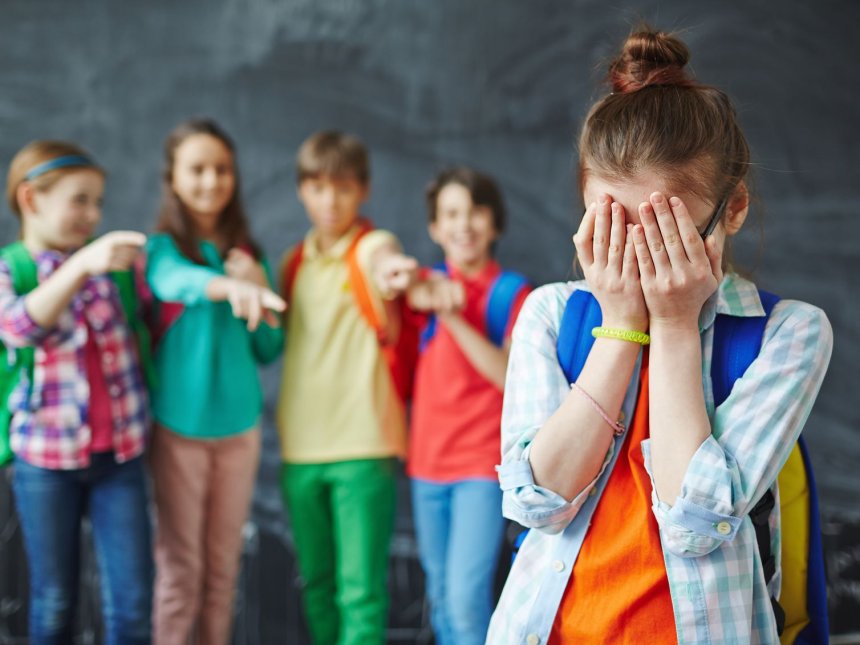
Group chats have become a major part of how kids interact, whether for school projects, gaming communities, or friend circles. These digital spaces feel convenient and fun, but they also come with emotional challenges. Kids may encounter sudden arguments, exclusion, or miscommunication that can affect their self-esteem.
Tone can be easily misunderstood online. A short message may feel rude. A missed reply can be taken as a rejection. And when kids are removed from a group or ignored by peers, it can feel much more permanent because everything happens in writing.
The Problem of Information Overload
One of the main reasons why group chats can be overwhelming is the sheer volume of messages that they generate. In a busy group chat, messages can fly in at a rapid pace, making it difficult to keep up with the conversation. This can be particularly challenging for people who are part of multiple group chats or who have busy schedules that don’t allow them to constantly monitor their phones.
Another issue with group chats is the lack of organization. Unlike email, where messages are typically sorted into folders and can be easily searched and filtered, group chat conversations tend to be more chaotic. Important information can easily get buried amidst a sea of memes, emojis, and off-topic banter, making it hard to find when needed.
The Social Pressure to Respond
In addition to the sheer volume of messages, there’s also the pressure to respond promptly. In many group chats, there’s an expectation that participants will be constantly available and responsive, leading to feelings of guilt or anxiety for those who can’t keep up. This pressure to constantly be “on” can be especially burdensome for people who struggle with boundaries or who need time to recharge away from their devices.
Moreover, group chats can sometimes devolve into a battleground of competing egos, with participants vying for attention and validation through witty remarks or attention-seeking behavior. This can create a toxic environment where people feel the need to constantly perform for the group, rather than simply being themselves.

Group chats can influence a child’s emotions deeply. They may experience:
Helping children navigate these dynamics protects their emotional well-being.
Parents can guide children through these digital interactions by teaching communication boundaries.
When kids understand group chat dynamics, they learn to handle digital relationships with maturity and confidence. They become more aware of tone, more thoughtful with their words, and more comfortable asserting boundaries.
A safe online experience goes beyond blocking threats—it includes emotional protection too. With your guidance, children can form healthy digital friendships built on respect and understanding.
 Like
1
Like
1
 Dislike
0
Dislike
0
 Love
0
Love
0
 Funny
0
Funny
0
 Angry
0
Angry
0
 Sad
0
Sad
0
 Wow
0
Wow
0